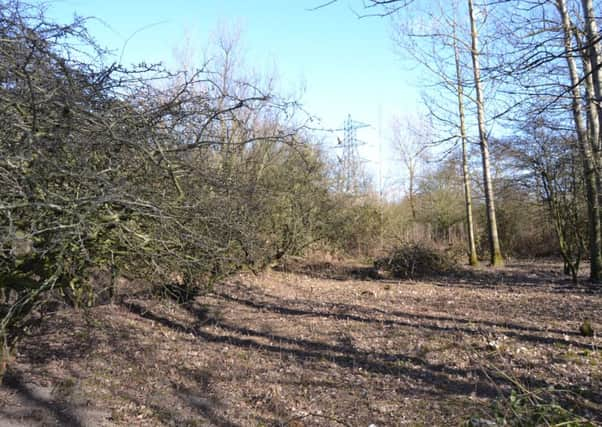Thirty minutes to prove just how wildlife-friendly farms are today


Long gone are the tunnelled government directives that shaped how the landscape was farmed, decisions which saw hedgerows and verges ripped out to improve productivity.
Farming is a very different beast in 2016. For much of the last decade, landowners have been paid to actively manage their pastures in a way that works hand-in-hand with nature, and fixes the damage done to wildlife populations by misdirected agricultural policy which sparked species declines.
Advertisement
Hide AdAdvertisement
Hide AdAccording to the National Farmers’ Union, more than 70 per cent of farmers have for much of the last 10 years being actively undertaking work on their farms to provide space for wildlife, largely funded by government and EU-led stewardship schemes, but also involving a huge amount of unmeasured and unpaid work through the Campaign for the Farmed Environment.
To help measure the gains that have been made, and for farmers to show that their industry has well and truly moved on, the Game & Wildlife Conservation Trust’s third Big Farmland Bird Count starts today.
It is an annual event that sees farmers and landowners take part in what is the nation’s largest survey of farmland birds.
Participants pick one day between February 6-14 and spend 30 minutes recording the species and number of birds seen on one area of land.
Advertisement
Hide AdAdvertisement
Hide AdJim Egan, the Trust’s head of training and development, said: “We are inviting all farmers to grab their binoculars and their wellies and get counting. This is a great opportunity for farmers to just get out there and see what’s on their farm and which birds are using it in the winter months.
“Our research at the GWCT Allerton Project research farm (in Leicestershire) demonstrates just how much can be done for farmland birds and how easy it can be to attract them. Simply adding nest boxes in and around your farm is an effective way of encouraging tree sparrows, having tall hedges and areas of scrub is perfect for bull finches, and yellowhammers enjoy grass margins next to dense hedges. Remember that the easiest way to attract all winter birds is just providing them with seed.”
Today’s farmers are well aware of what they can do to support wildlife.
In spring, hedges are not cut after March 1 to encourage birds to nest and during both spring and autumn seed bearing crops are planted to provide a source of bird food over the lean winter months.
Advertisement
Hide AdAdvertisement
Hide AdDuring summer and into autumn, field corners and margains are left uncultivated to encourage wild flowers to grow and insects to thrive, and bare expanses of land in the centre of fields when new crops are planted allow skylarks to nest. Keen to address farming’s outdated image, the NFU also highlight how, since 2014, there has been a 134 per cent increase in nectar and pollen rich area managed by farmers, while 30,000 km of hedges have been planted in the last 25 years. Fertiliser use has fallen, with 35 per cent less nitrogen and 60 per cent less phosphate fertiliser being used, and it is a similar story for pesticide use, with 50 per cent less active ingredient applied.
During last year’s Big Farmland Bird Count, just over 1,000 farmers took part and between them they recorded 127 different species.
Graham Hartwell, stewardship manager at the event’s main sponsor, chemical producer BASF, said: “The excellent BFBC 2015 results highlighted the increasing numbers of farmers that are keen to show off the results of their consistent farm management to deliver improved habitats for farmland birds.”
Participating farmers are encouraged to pick a location with a good view of around two hectares of the farm. For more details, visit www.gwct.org.uk/bfbc or call 01425 651000.